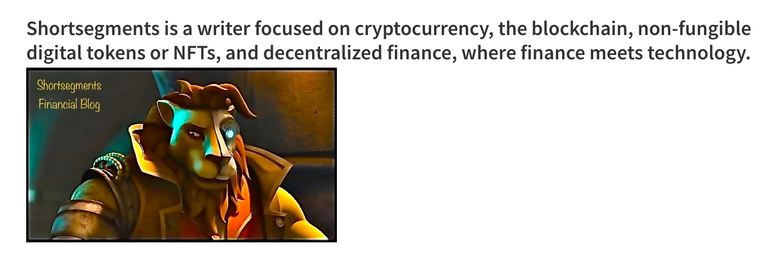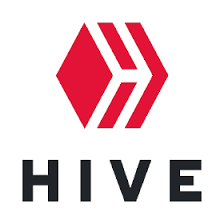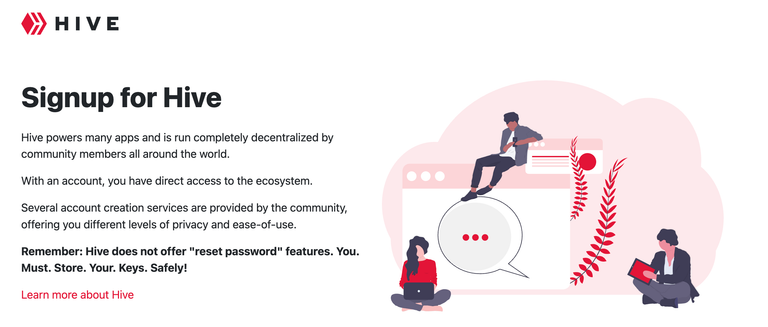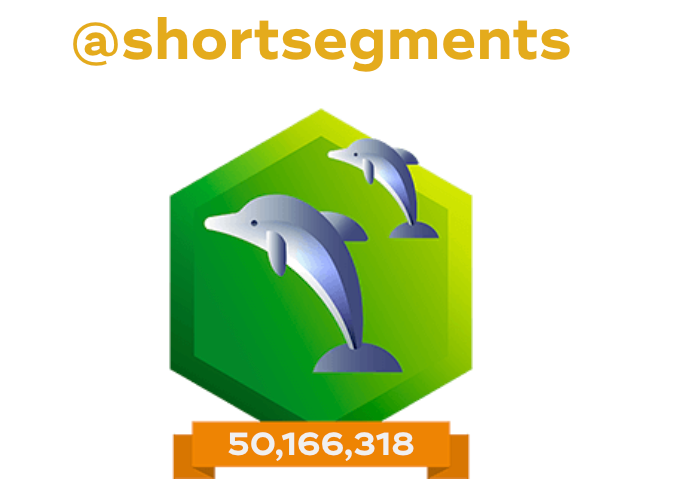Introduction:
I just wrote a post about the application V4V.APP and how it connects Podcastors on Hive to Podcastors all over the world. This struck me as one of those accidental applications, which in connecting Hive to over 500 million people who listen to Podcasts around the world. It attempts to creates a decentralized censor resistent database of Podcasts and provides indepenedent monetization of podcasts on a two way street Hive to Bitcoin and Bitcoin to Hive. I realized that maybe people on Hive don't know how big Podcasting is and that it includes Spotify, Apple and many others, in what is a 32 billion dollar industry. So considering how huge this is for Hive, and considering how it is flying under the radar, I wrote a post about it here link and then wrote this post to explain it's importance. I hope you enjoy it.
Introduction to Podcasting
Podcasting has exploded in popularity over the past decade, becoming a mainstream media format. However, the underlying technology, primarily the RSS feed, has remained largely unchanged since its inception. This has led to certain limitations, especially as major tech companies like Spotify and Apple began to centralize podcasting.
Podcasting 2.0 is an initiative to upgrade and enhance the open podcasting ecosystem by adding new features and functionalities to the existing RSS feed standard. It's a community-driven effort, not a single company, aiming to keep podcasting decentralized and innovative.
Size and Scope of the Overall Podcasting Market
Before diving into Podcasting 2.0 specifically, it's important to understand the immense size of the broader podcasting market:
- Global Listenership: In 2023, there were an estimated 464 million podcast listeners worldwide, projected to exceed 500 million in 2024 and reach 584 million by 2025.
- Market Value: The global podcasting market was valued at approximately $32.54 billion in 2025 and is projected to reach an astounding $173.49 billion by 2032, growing at a compound annual growth rate (CAGR) of 27.0%.
- Advertising Revenue: Podcast advertising revenue in the U.S. alone reached $1.9 billion in 2023, with projections to exceed $2 billion in 2024 and nearly $2.6 billion by 2026. This exponential growth reflects advertiser confidence in the medium's engaged audiences.
This massive and growing market forms the backdrop for Podcasting 2.0's ambitions to enhance and "future-proof" the medium.
What is Podcasting 2.0 and its Significance?
Podcasting 2.0 is not a new app or platform, but rather a set of open standards and "tags" that can be added to existing RSS feeds. These tags allow for richer metadata and new features that enhance the podcasting experience for both creators and listeners. The movement was spearheaded by podcasting pioneer Adam Curry.
Its significance lies in its attempt to:
- Keep Podcasting Open and Decentralized: In an era where large companies like Spotify and YouTube are increasingly creating "walled gardens" with proprietary features, Podcasting 2.0 aims to ensure that podcasting remains an open, interoperable system where creators are not beholden to any single platform. This protects against censorship and promotes a diverse content landscape.
- Empower Creators:
- Direct Monetization (Value for Value - V4V): This is a cornerstone. Instead of relying solely on advertising, creators can receive direct support from listeners, often through micro-payments or "streaming sats" (tiny fractions of Bitcoin). This gives creators more financial independence and control over their content.
- Enhanced Discovery: New tags allow for more detailed show information, such as:
- Person Tag: Credits for hosts, guests, producers, etc., making it easier to discover other works by the same people across different podcasts.
- Transcripts: Including full transcripts within the RSS feed improves accessibility for hearing-impaired listeners and enhances searchability, helping podcasts be found for specific topics.
- Chapters: More robust and widely supported chapter markers allow listeners to navigate content easily.
- Alternative Episode Files: Podcasters can offer different versions of their audio files (e.g., lower quality for slow internet, video versions) directly via the RSS feed.
- Live Podcasting (Live Item Tag - LIT): This allows for real-time broadcasts, turning podcasts into more interactive, live radio-like experiences with features like "boostagrams" (messages attached to payments).
- Enhance Listener Experience:
- Interactive Features: Listeners can send "boostagrams" (payments with attached messages) directly to creators, fostering real-time engagement and feedback.
- Improved Accessibility: Transcripts make content more accessible and searchable.
- Better Navigation: Chapters allow for easy skipping to relevant sections.
- Cross-App Comments: A feature allowing comments to be visible and interactive across various podcast apps that support the tag (though still in development).
- Drive Innovation: By providing an open framework, Podcasting 2.0 encourages developers to build new features and apps without needing permission from a central authority. This fosters rapid innovation within the podcasting space.
Adoption and Challenges
While Podcasting 2.0 offers significant advantages, its adoption faces challenges:
- Fragmented Ecosystem: Unlike the web, there isn't a single, ubiquitous "browser" for podcasts. Listeners use dozens of different apps, and convincing them to switch to a Podcasting 2.0-enabled app can be a high bar.
- Major Platform Reluctance: While some independent podcasting apps and hosting providers (especially members of the Podcast Standards Project - PSP) are actively adopting Podcasting 2.0 tags, major platforms like Spotify, Apple Podcasts, and YouTube have been slower to fully integrate all the new features. Apple has, however, adopted the Transcript tag, which is a significant step.
- Education and Awareness: Many creators and listeners are still unaware of Podcasting 2.0 and its benefits, hindering widespread adoption.
Despite these challenges, the numbers show progress. PSP members are significantly more likely to implement Podcasting 2.0 features, with 100% of them adopting key tags like Podping, Locked, Funding, and Transcript, bringing these features to over 427,000 RSS feeds. This demonstrates a clear commitment from a growing segment of the industry to these open standards.
Last words
Podcasting 2.0 is a vital movement within the booming podcasting industry.
Its significance lies in its efforts to preserve the open, decentralized nature of podcasting while introducing powerful new features that empower creators and enrich the listener experience.
While facing an uphill battle against established platforms, its continued development and increasing adoption among independent players point towards a more innovative and creator-friendly future for the medium.
The End.
This post was written by @shortsegments

#Thank #you #for #reading #my #post

Learn more about Hive at the Hive FAQ Page
Link

Join HIve for Free

Posted Using INLEO



#hive #posh
Wow, this was a thoroughly insightful and well-researched post! 👏
Podcasting 2.0 sounds like a true revolution in the podcasting space — I had no idea the market was this massive or that Hive was playing a role in bridging it with Bitcoin through V4V. The concept of decentralization, direct monetization via streaming sats, and features like transcripts, chapters, and boostagrams really showcase what a podcasting future could look like — open, fair, and creator-empowered.
Thank you for putting this together. Posts like this help us all see the potential of Hive beyond blogging and curation. Great job! 🔥🎧
This is actually so valid. It will be a very great idea if we can have more podcast on hive. In fact it can cause more exposure for the hive platform